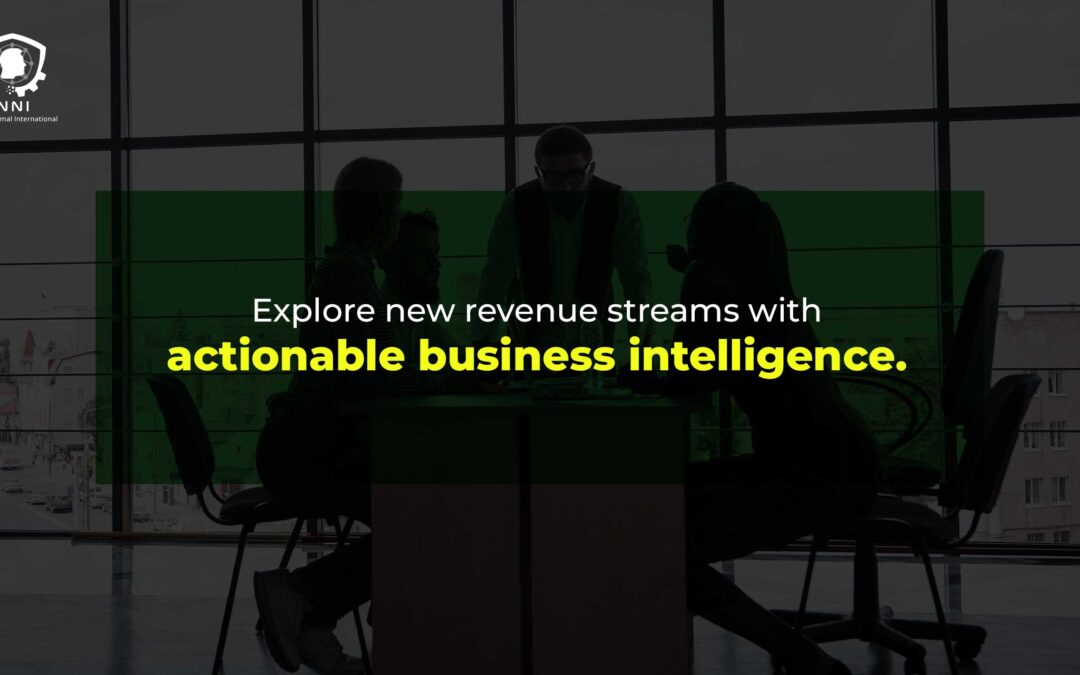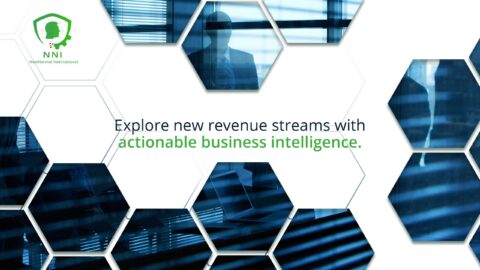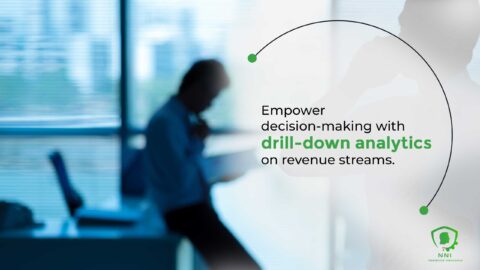Unlocking Business Growth in the Data-Driven Era
Introduction
In today’s dynamic business environment, exploring new revenue streams with actionable business intelligence has become crucial for companies looking to maintain a competitive edge. This article is designed to guide business executives, mid-level managers, and entrepreneurs through the process of leveraging data to identify and capitalize on new market opportunities.
The Power of Actionable Business Intelligence
In today’s data-driven business landscape, actionable business intelligence (BI) has transcended the realm of mere data analysis to become a strategic imperative for organizations seeking to unlock the full potential of their information assets. Unlike traditional BI that focuses on descriptive and diagnostic insights, actionable BI embraces a proactive and prescriptive approach, transforming data into actionable intelligence that drives informed decision-making, optimizes operations, and fuels innovation.
At the heart of actionable BI lies the ability to extract meaningful and actionable insights from vast troves of data, encompassing structured, semi-structured, and unstructured sources. This includes internal data from ERP, CRM, and supply chain systems, external data from market research, social media, and industry trends, as well as real-time data from sensors, IoT devices, and customer interactions.
Actionable BI empowers businesses to:
Identify New Revenue Opportunities: By analyzing customer behavior, market trends, and competitor strategies, actionable BI can uncover hidden opportunities for revenue generation, such as untapped market segments, new product or service offerings, and pricing optimization strategies.
Optimize Resource Allocation: Actionable BI provides insights into resource utilization, cost drivers, and operational efficiency, enabling businesses to allocate resources strategically, reduce waste, and maximize profitability.
Enhance Customer Experience: Actionable BI empowers businesses to understand customer preferences, identify pain points, and tailor products, services, and marketing campaigns to meet individual customer needs, leading to increased customer satisfaction, loyalty, and retention.
Predict Future Trends: By analyzing historical data, current trends, and emerging technologies, actionable BI can predict future market shifts, customer behavior, and competitor actions, enabling businesses to proactively adapt their strategies and stay ahead of the curve.
Mitigate Risks and Make Informed Decisions: Actionable BI provides early warning signals for potential risks, such as supply chain disruptions, market downturns, or customer churn. This risk mitigation empowers businesses to make informed decisions, minimize losses, and protect their financial stability.
In essence, actionable BI is not merely a tool for data analysis; it is a strategic mindset that drives organizational agility, innovation, and sustainable growth. By harnessing the power of actionable BI, businesses can transform their data into a competitive advantage, unlocking new revenue streams, optimizing operations, and achieving success in today’s dynamic and data-driven marketplace.
Turning Data into Opportunities
By effectively analyzing and interpreting data, businesses can uncover hidden trends, customer preferences, and market gaps that can be transformed into profitable ventures.
Change Management in Implementing BI Strategies
Adopting a BI-driven approach to exploring new revenue streams requires a change in mindset and operational tactics. Effective change management strategies are essential to successfully integrate BI into business processes.
Key Steps for Successful BI Integration
Implementing BI tools involves training staff, aligning BI strategies with business goals, and fostering a culture of data-driven decision making.
Leadership and Business Intelligence
Leaders play a pivotal role in driving the adoption of BI strategies. Through executive coaching, leaders can acquire the skills needed to champion the use of BI in exploring new revenue streams.
Guiding Teams with Data-Driven Insights
Executive coaching focuses on empowering leaders to use BI tools effectively, ensuring that data-driven insights are at the forefront of strategic planning.
Effective Communication of BI Insights
Effective communication is critical in ensuring that BI insights are understood and acted upon across all levels of the organization.
Facilitating Data-Driven Culture
Creating a culture where data is openly shared and discussed is vital for the successful implementation of BI strategies.
Generative AI and Business Intelligence
Generative Artificial Intelligence (AI) has the potential to take BI to new heights by providing deeper, predictive insights that can lead to innovative revenue-generating ideas.
AI-Powered Predictive Analysis for Revenue Growth
AI algorithms can analyze vast datasets to predict market trends and customer behaviors, helping businesses to identify new opportunities for revenue generation.
Conclusion Exploring New Revenue Streams with Actionable Business Intelligence
In conclusion, exploring new revenue streams with actionable business intelligence is not just a technological upgrade but a strategic necessity in the modern business landscape. Businesses that harness the power of BI and AI are better positioned to identify and capitalize on new market opportunities, driving growth and success.
#BusinessIntelligence, #RevenueGrowth, #DataDrivenBusiness, #AIAnalytics, #MarketTrends











